Data show day clinics gaining in popularity as setting of choice for same-day procedures
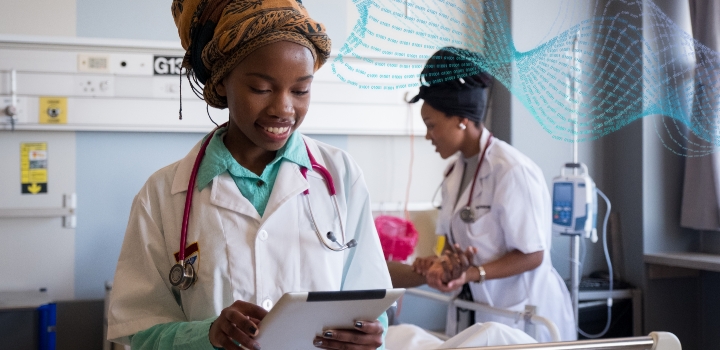
Since 2015, there's been an increase in Discovery Health Medical Scheme (DHMS) members having planned, day surgery procedures at day clinics rather than in private hospitals. What sort of procedures have led the shift to day clinics? How satisfied are patients with their care? What are the benefits of day clinic care?
Authors
Lara Wayburne (Senior Actuary, Discovery Health), Callan Kotzen (Actuarial Analyst, Discovery Health), Chanie Suttner (Actuary, Discovery Health), Michael Cohen (Actuary, Discovery Health), Lizelle Steenkamp (Senior Healthcare Statistician, Discovery Health), Shirley Collie (Chief Research Actuary)
A shift to day clinics and the introduction of the Day Surgery Network
Since 2015, more and more Discovery Health Medical Scheme (DHMS) members have opted to have their planned, day surgery procedures at day clinics rather than in private hospitals. Patients booked into a day clinic undergo a procedure and are discharged on the same day.
In 2019, DHMS introduced the nationwide Day Surgery Network (DSN). The DSN allows DHMS members who would traditionally be admitted to acute hospitals for same-day procedures, to access a specific network of day clinic facilities with formal doctor pay structures and processes in place.
The DSN includes day clinics and acute hospitals with dedicated, custom-designed day surgery units. By 2022 the DSN catered for almost 1000 pre-defined, planned surgical procedures across 74 clinical categories (referred to as 'DSN list procedures' in this analysis).
What does this analysis investigate?
Looking at DHMS data, we set out to investigate:
- The use of day clinic facilities since 2015 - is it on the rise?
- Comparing admission rates: Day clinics versus acute hospitals
- What sort of procedures have taken place in the day clinic setting over the past few years?
- How do healthcare provider pay, and Scheme member co-payments impact the shift to day clinic-based care?
- For same-day discharge procedures, are patients more satisfied with a day clinic admission or an acute hospital admission?
1. The use of day clinic facilities since 2015 - is it on the rise?
From 2015 to 2022, the number of day clinic facilities that admitted DHMS members increased from 71 to 116 - as shown in Figure 1.
This upward trend is driven both by demand from Scheme members and by the Scheme's efforts to formalise and expand day clinic access through the DSN from 2019 onward.
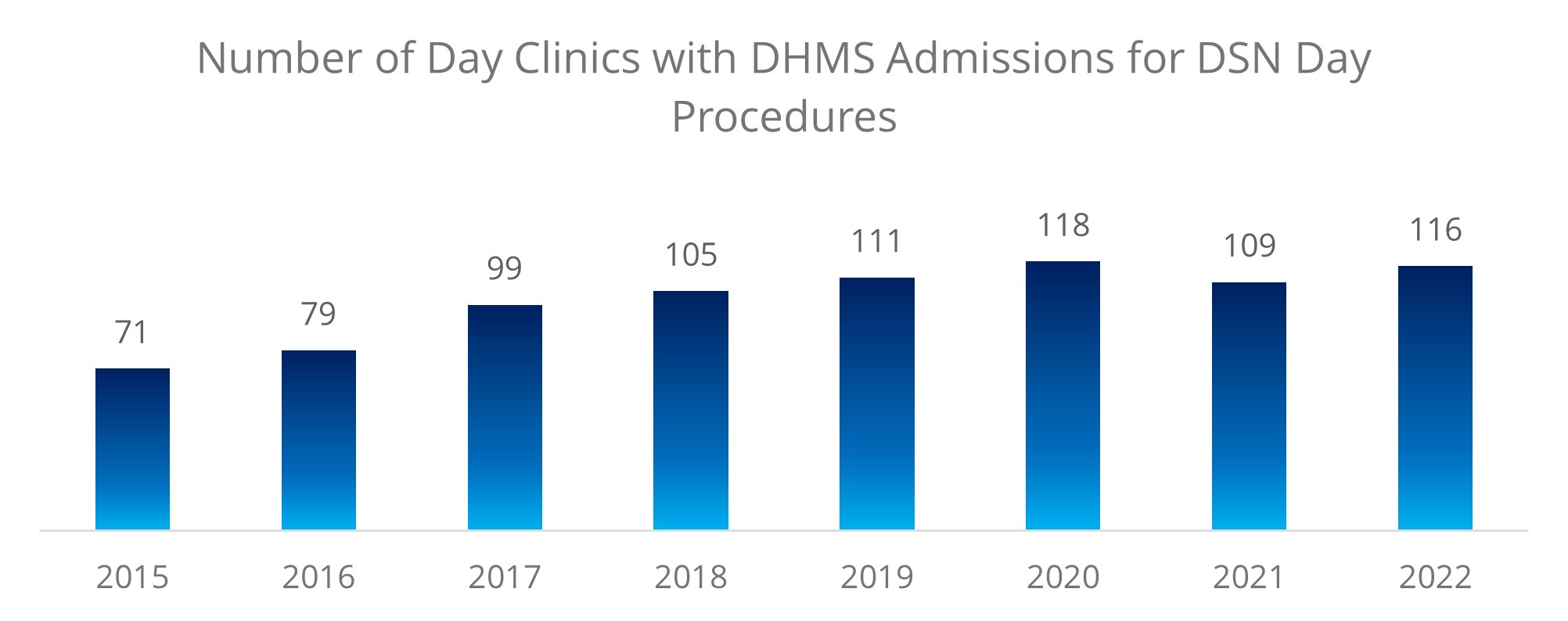
Figure 1: Number of day clinics that have admitted DHMS members over time for a DSN list procedure.
2. Comparing admission rates: Day clinics versus acute hospitals
By 2022, 33% of DSN list procedures were performed in a day clinic, up 9% from 2019 when the DSN was launched. This is shown in Figure 2.
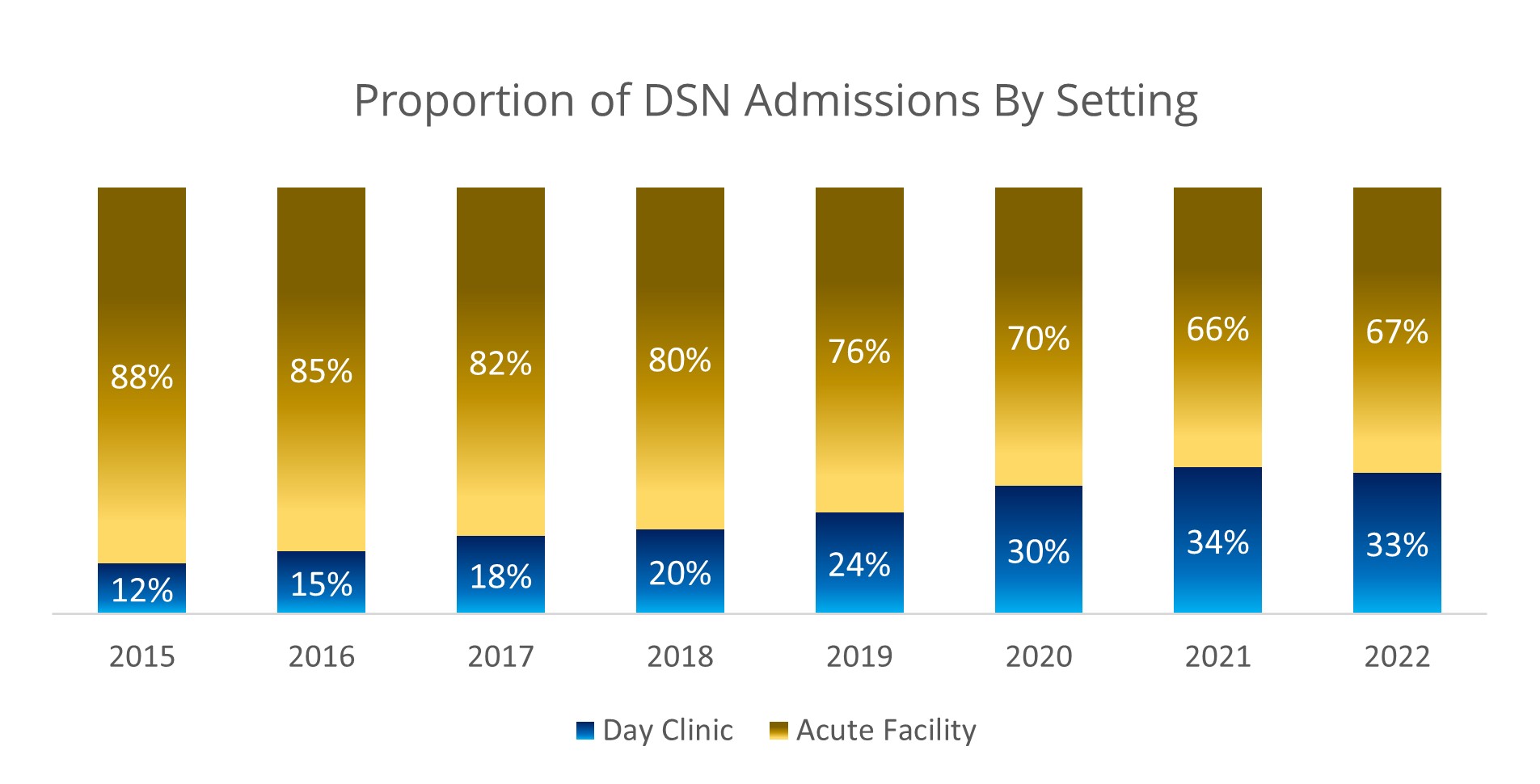
Figure 2: Proportion of admissions by setting
Interestingly, even before the introduction of the DSN in 2019, there was a gradual, year-on-year increase in procedures being carried out in the day clinic setting (Figure 2) for DHMS members.
Figure 3 shows that there was a consistent increase in the number of procedures carried out in day clinics between 2015 to 2019. After the COVID-19 pandemic-linked decrease in day procedure volumes in 2020, the upward trend continued into 2021 and 2022, likely accelerated by deferred procedures being caught up and new procedures. The volume of procedures carried out in day clinics in 2022 is nearly three-fold higher than in 2015.
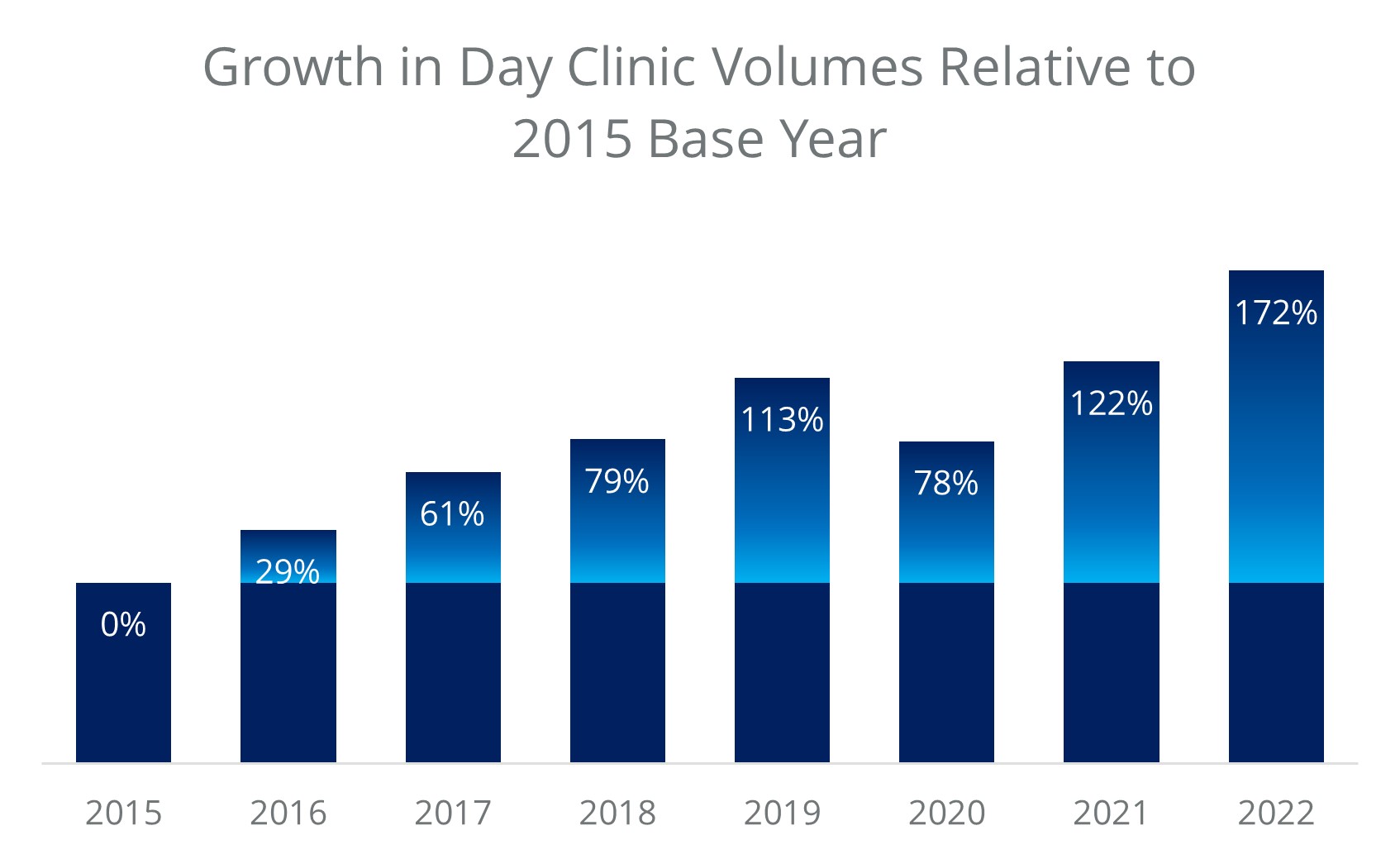
Figure 3: Growth in day clinic volumes (with 2015 as the base year)
3. What sort of procedures have shifted to a day clinic setting?
Figure 4 shows the ten DSN list procedures that have resulted in just over half (51%) of the shift in admissions from acute hospitals to day clinics over the 2018 to 2022 period.
They are ordered according to their contribution to the increase in day clinic admissions recorded.
Each increase is determined by the shift in the proportion of admissions from acute facilities to day clinics from 2018 to 2022 for each procedure, weighted by the number of admissions in day clinics for that procedure in 2022.
'Cataract procedures' contributed the largest increase to day clinic admissions over time. This is due to a high proportion of such procedures shifting from private acute hospitals to day clinics (9% increase from 2018 to 2022). Cataract procedures were also the highest in volume of DSN procedures performed in day clinics overall in 2022 (13%).
The second highest contribution to the increase came from 'cysto-urethroscopy procedures' (with a volume shift of 7% and coming in at 11% of overall procedures in 2022) followed by 'forearm, hand, or wrist procedures' (with a volume shift of 16% and coming in at 5% of overall procedures in 2022).
Musculoskeletal procedures including 'arthroscopy procedures for knees' and 'arthroscopy procedures for shoulders' also shifted to day clinics (with 14% and 13% shifts respectively). Minor 'ENT procedures', 'tonsillectomies for children younger than 12' and 'hysteroscopy' showed high proportions of admissions shifting to day clinics at 17%, 12% and 10% respectively. However, their contribution to the overall increase was low due to their smaller weighting in total DSN day clinic volumes.
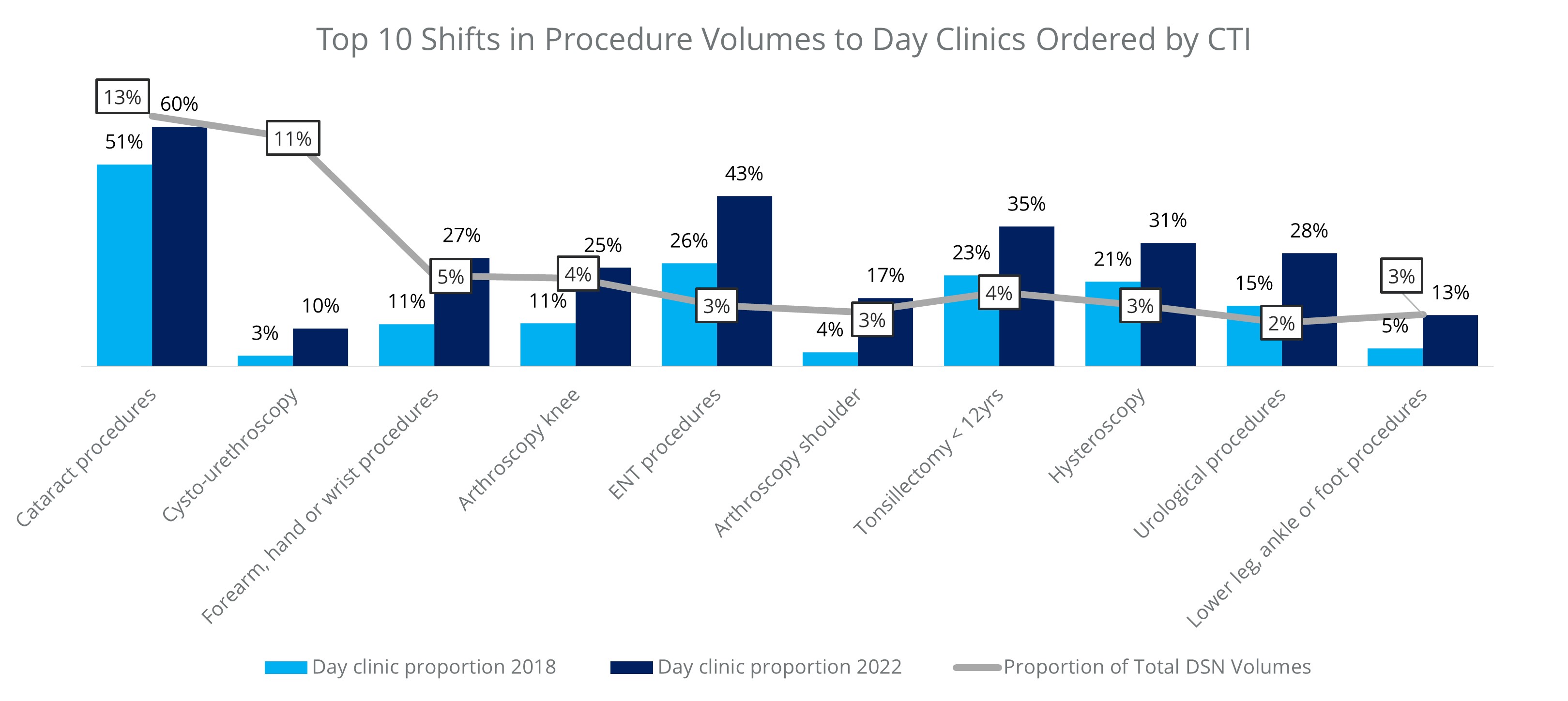
Figure 4: Top 10 procedures that moved from acute hospitals to day clinics between 2018 and 2022
4. How do healthcare provider pay, and Scheme member co-payments impact the shift to day clinic-based care?
In 2022, 44% of all healthcare provider remuneration paid for day procedures was attributed to day clinic admissions - up from 24% in 2018 (Figure 5).
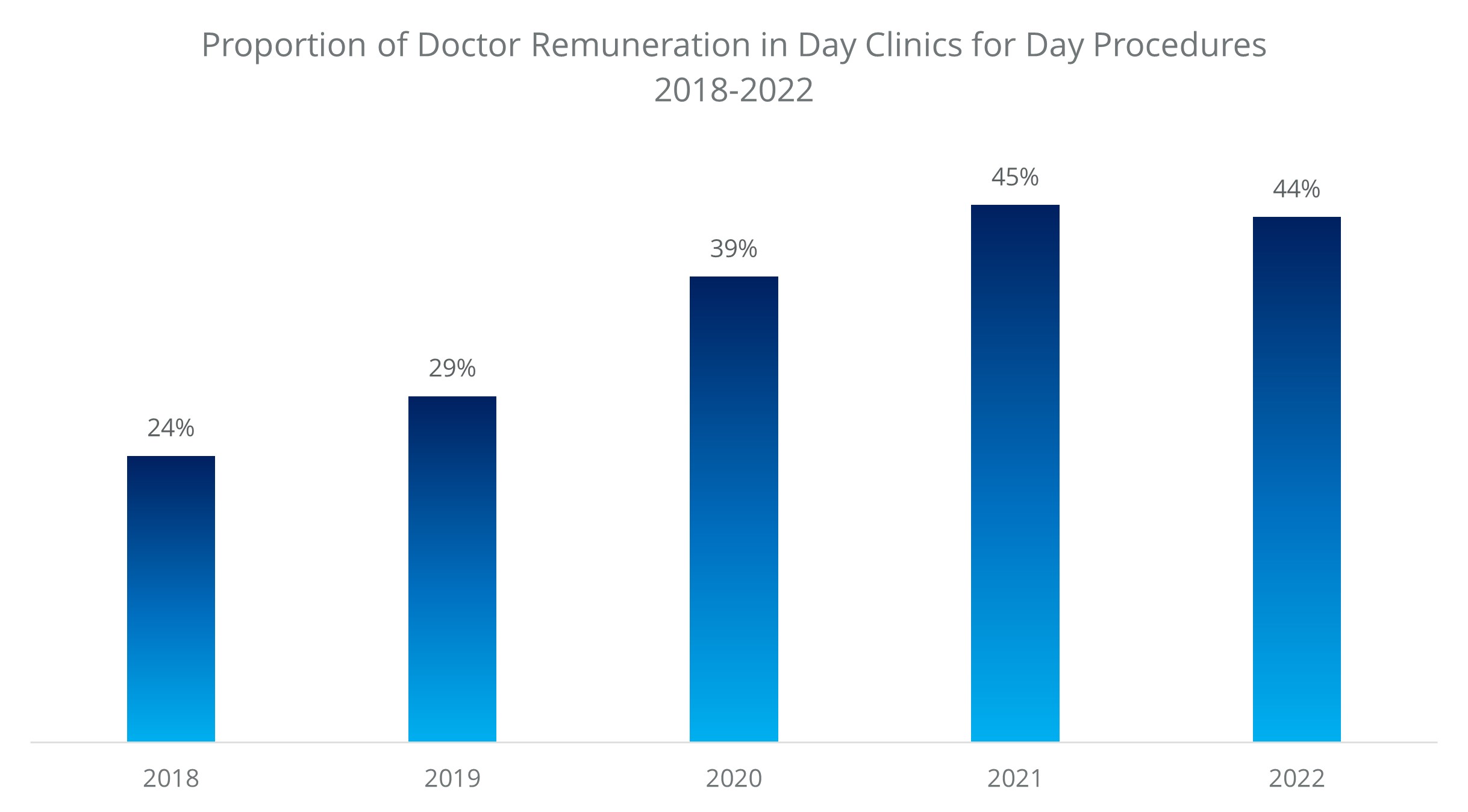
Figure 5: Proportion of doctor's pay for day procedures that took place in day clinics from 2018 to 2022
a) Healthcare provider pay
Most operating specialists perform the bulk of their procedures in acute hospital facilities.
However, through the DSN, doctors are paid an incentive to perform a planned procedure that allows for same-day discharge, in a day clinic. This encourages the use of day clinics and also compensates the doctor for the scheduling complexities introduced by providing care at a day clinic different from the acute hospital where they do most of their work.
The incentive for eligible procedures is a higher Discovery Health Direct Payment Arrangement (DPA) rate as shown in the table below 1.
|
Direct Payment Arrangement (DPA) selected by Specialist |
Medical Scheme Plan type |
Day Clinic Specialist Rate including anaesthetists (expressed as % of DH rate) |
Acute Facility Specialist Rate including anaesthetists (expressed as % of DH rate) |
|
Classic Direct |
Classic
|
230% |
217% (204% anaesthetists) |
|
Classic Direct |
Essential Coastal |
200% |
100% |
|
Premier Rate A |
Essential Classic Coastal
|
167% |
137% (134% anaesthetists) |
|
Premier Rate B |
Essential Classic Coastal
|
177% |
147% (144% anaesthetists) |
|
Executive |
Executive Plan |
300% (not applicable to anaesthetists) |
300% |
Table 1: Discovery Health rates paid to healthcare providers for procedures carried out at day clinics and at acute hospital facilities.
b) Scheme member co-payments
Across DSN list procedures, DHMS members generally experience lower co-payments when procedures are carried out at day clinics versus acute facilities.
On average, this is around one third of the co-payment amount experienced at acute facilities (data over 2019 to 2022). This is because higher rates are paid to doctors for procedures done at day clinic facilities.
This varies by plan type. DHMS members on Essential and Coastal plans have higher co-payments than members on Classic and Executive Plans, as doctor pay rates are lower for Essential and Coastal plans.
And there is a difference in average co-payment by setting. The scheme pays doctors more for procedures carried out in day clinics versus acute hospitals, so co-payments are higher in acute hospitals (Figure 6). This difference is highest for members on Coastal and Essential plan options.
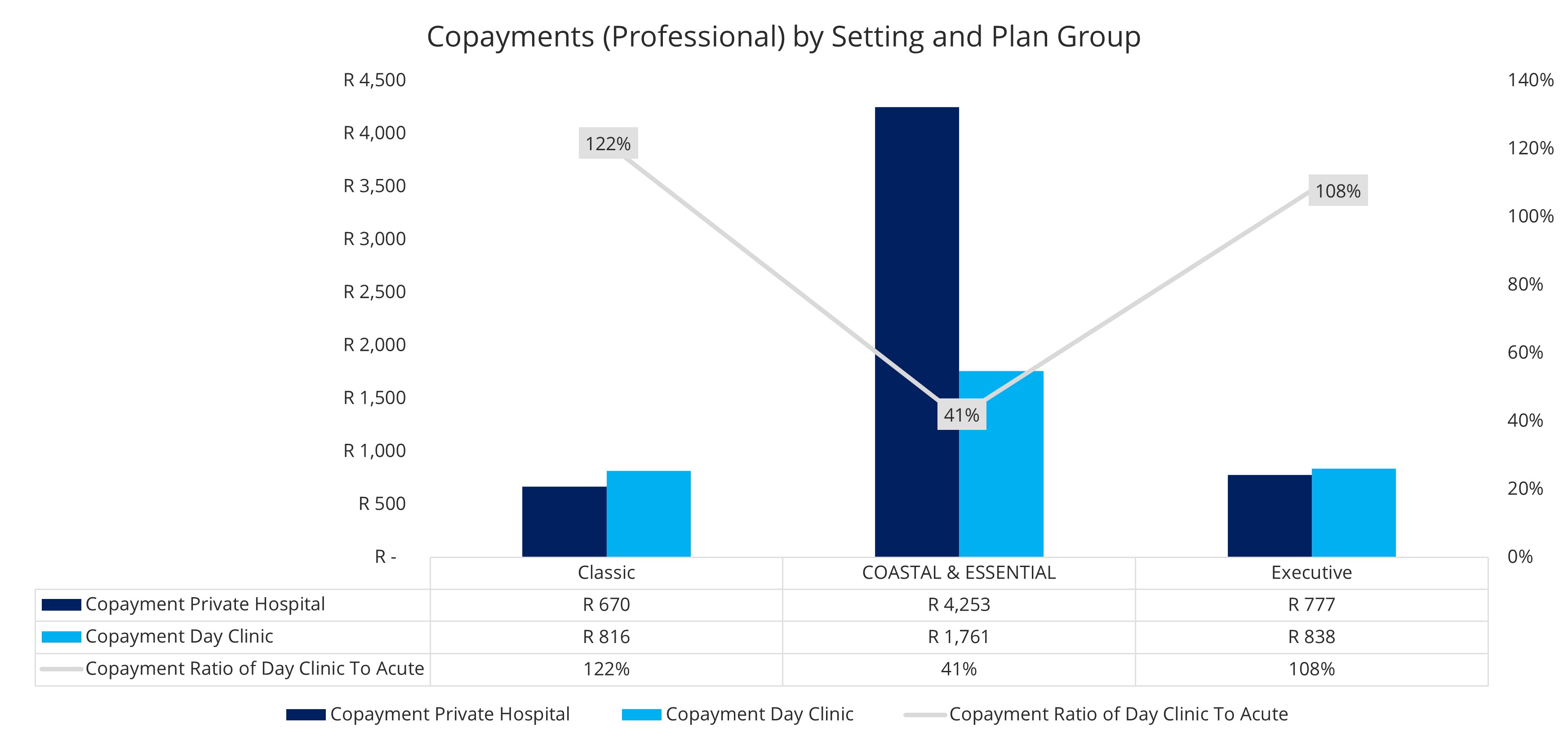
Figure 6: Specialist Co-Payment Amount for DSN Procedures by Setting and Plan Series
In the 2019 to 2022 period:
- 42% to 46% of valid DSN list procedures attracted a co-payment.
- The level of co-payment required remained fairly stable over the period - 31% of DSN admissions required co-payments, with co-payments at less than R500 per admission.
- DSN procedures that were carried out outside the DSN network (so at non-Network facilities) attracted higher co-payments (48%) than those that took place at clinics in the network (44%) - see Figure 7.
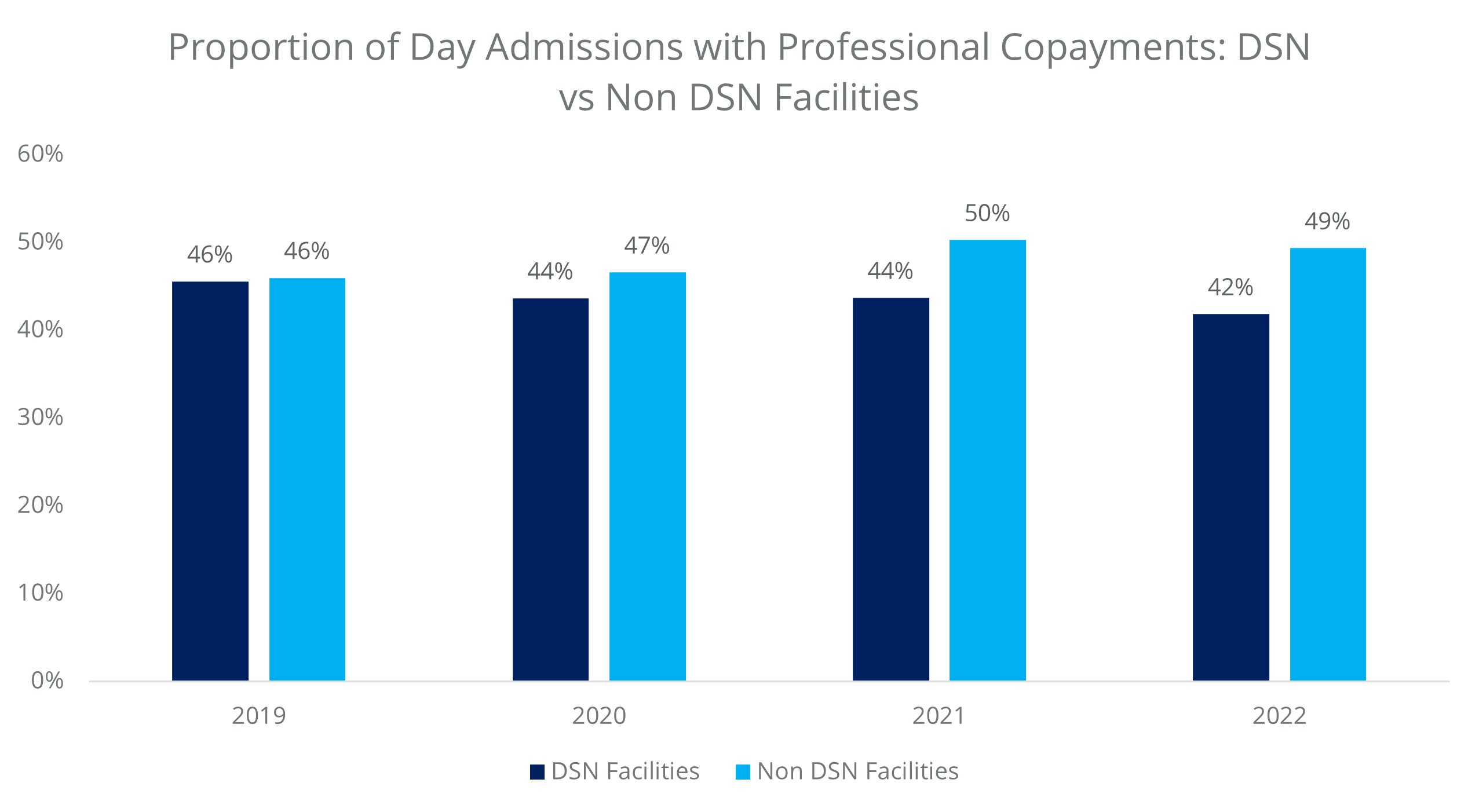
Figure 7: Specialist co-payment proportion for DSN Procedures by facility DSN status
Members experienced higher co-payment amounts (between 19% and 31% higher) for admissions to facilities outside the DSN, relative to DSN facilities over the period 2019 to 2022 (Figure 8).
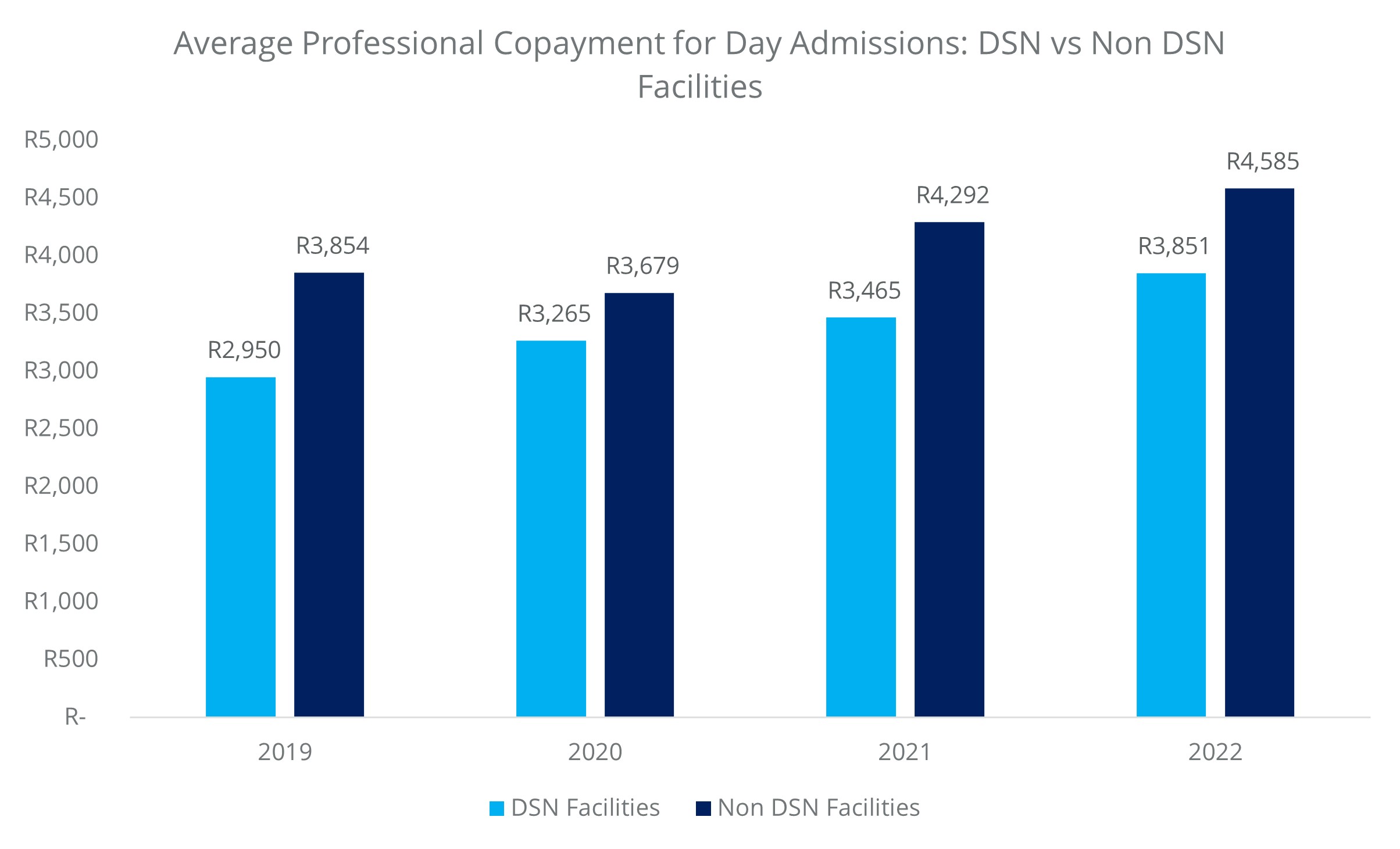
Figure 8: Specialist co-payment amounts for DSN procedures by facility DSN status
5. For same-day discharge procedures, are patients more satisfied with a day clinic admission or an acute hospital admission?
DHMS sends out a Member Experience Survey to Scheme members. This survey had a 9.6% response rate from Scheme members who were admitted to a DSN facility from 2015 to 2021. The response rate was relatively stable over time, as well as by facility type - see Figure 9.
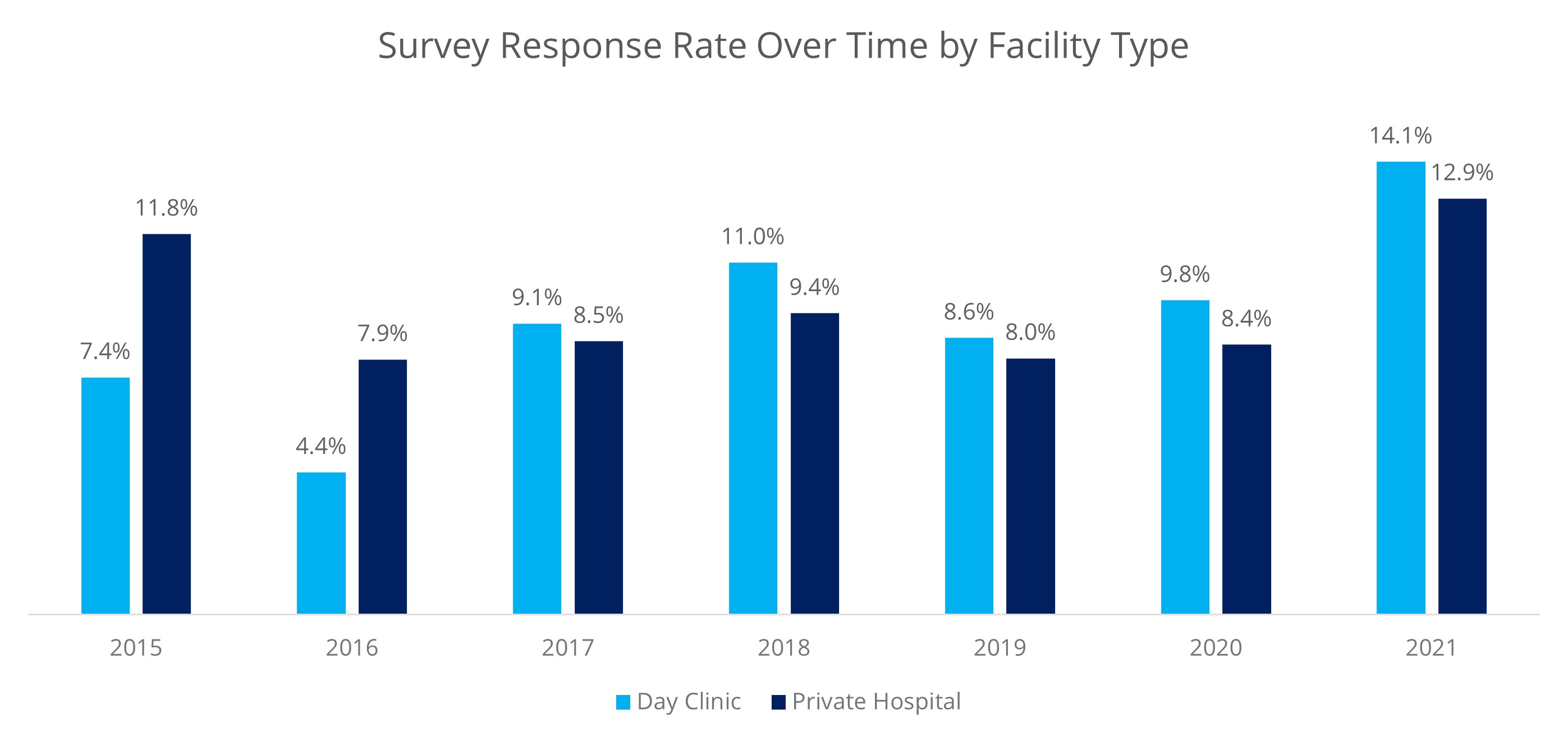
Figure 9: Member Experience Survey response rates over time by facility type
We analysed medical Scheme members' overall rating of their admission (where a rating of '0' indicated the worst possible hospital stay, and '10' the best possible hospital stay).
A top box rating (the most positive responses out of a set of responses) was calculated for each hospital.
We looked at how many people scored the facility a 9 or 10 among all respondents. Encouragingly, patients' experiences in day clinics improved over time with the overall satisfaction score increasing by 56% - from 53% in 2015 to 82.7% in 2021. By comparison, private acute facility ratings only increased by 31% for the same period.
Day procedures with overnight stays at acute facilities were excluded from this analysis.
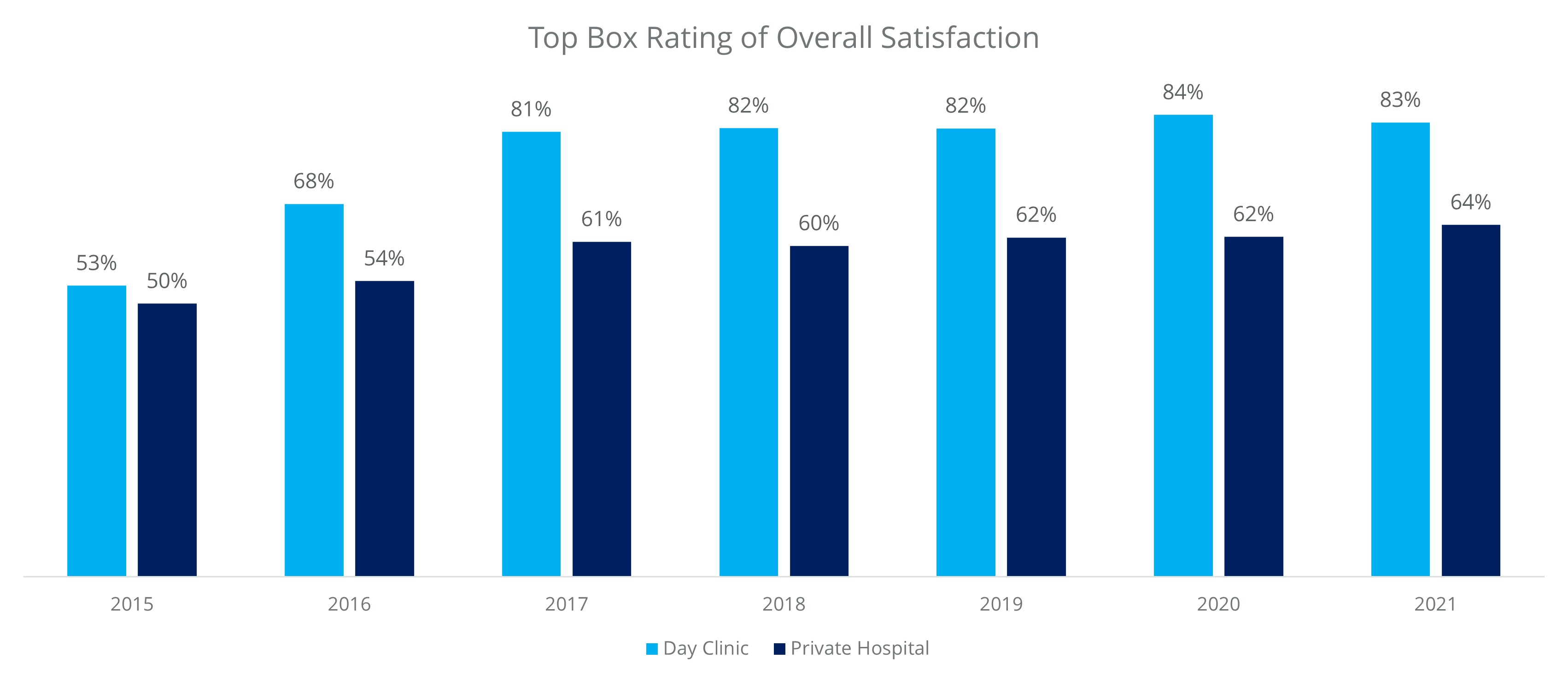
Figure 10: Top box rating of overall patient satisfaction over time by facility type
For procedures across all major body systems DHMS members consistently have a better patient experience at day clinics - Figure 11.
The difference in top box scores between day clinics and acute private hospital is lowest for 'eye' procedures and highest for 'ear, nose, and throat' related procedures.
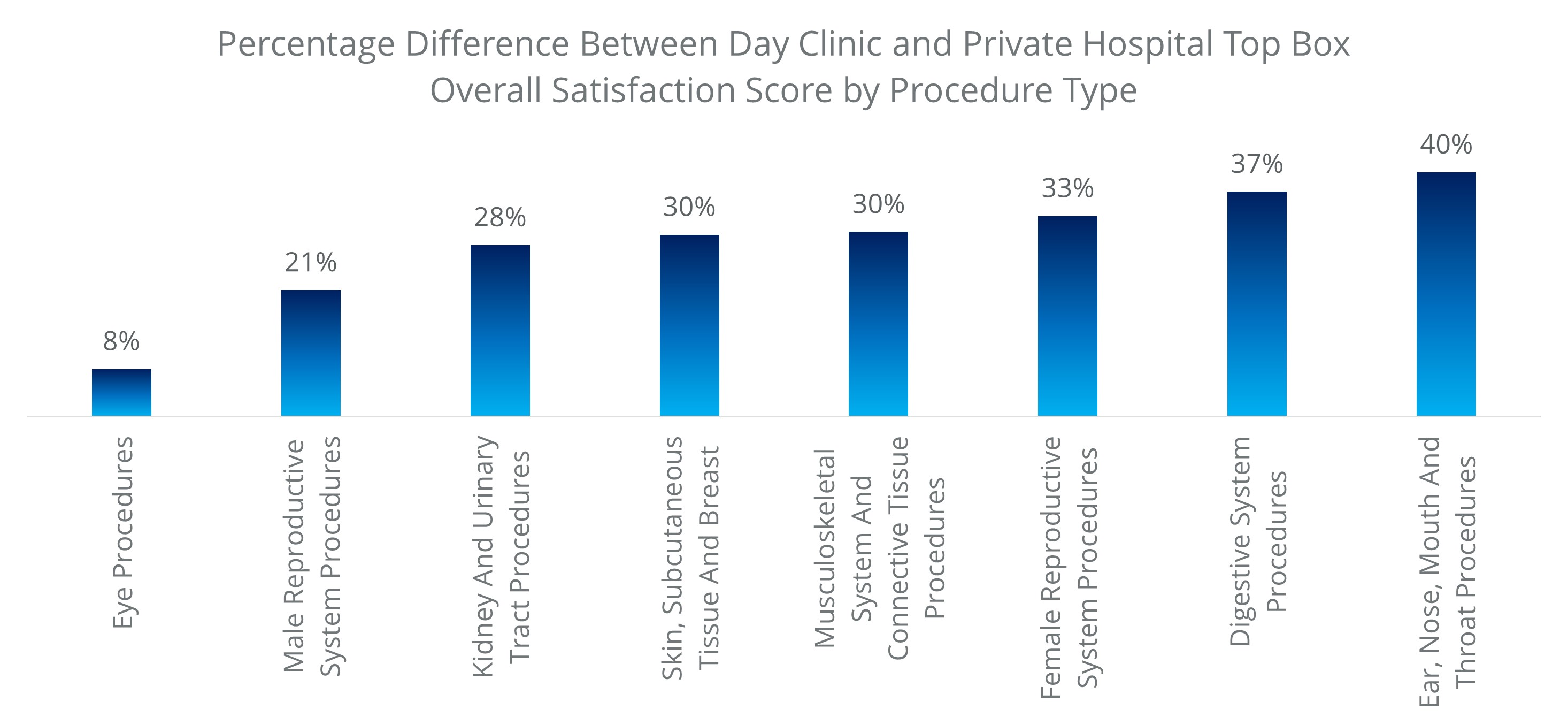
Figure 11: Percentage difference in top box rating of overall satisfaction in day clinics relative to private hospitals across procedure types
Conclusion
The DSN is one of several DHMS-led initiatives aimed at reducing the costs of care - driving down healthcare inflation and the related rate of increase of medical scheme premiums - while maintaining or improving the quality of and access to care that Scheme members enjoy.
In line with international best practice, day surgery facilities are as safe as (and in some cases safer than) larger hospitals for a defined list of procedures. For example, day clinics experience fewer superbugs than traditional hospitals.
In 2022, 94% of DSN list procedures occurred in facilities that are part of the DSN.
Our findings show:
- An increase in the number of day clinic facilities that admitted DHMS members from 2015 to 2022
- A rise in admission rates to day clinics (versus acute hospitals) from 2015 to 2022 for DSN list procedures. Some contributing factors to this may be due to the greater convenience members experience at day clinics, lower co-payments, and increased access to day clinics due to the growth in facilities and the growth of providers performing surgeries at day facilities in recent years. During the COVID-19 pandemic period, members may also have been less inclined to seek care in an acute hospital setting.
- Looking at procedures that have shifted to the day clinic setting, a shift is seen across a number of procedures with ten procedures in particular accounting for 51% of the shift in volumes to day clinics.
- 'Cataract procedures' contributed the largest increase to day clinic admissions over time, followed by 'cysto-urethroscopy procedures', then 'forearm, hand, or wrist procedures', then Musculoskeletal procedures and ENT procedures, children's tonsillectomies, and hysteroscopies.
- Comparing the cost and experience of an admission to an acute private hospital versus a day clinic, Scheme members admitted to a DSN facility experience lower co-payments (variable according to medical scheme plan type). This is because doctors whose patients are admitted to DSN facilities are paid more to encourage the procedure taking place in a day clinic setting and to compensate them for the scheduling complexities associated with performing procedures at facilities different to those they work in day-to-day.
- Between 2015 and 2021 members admitted to day clinics report consistently higher experience satisfaction scores than those treated in acute facilities for day case procedures. Furthermore, improvements in member satisfaction scores for same day procedures was largest in day clinic facilities relative to acute facilities.
- Access more information on Discovery Health's Day Surgery Network (including the benefits available per plan and the defined list of procedures for the 2023 benefit year).
Interested in knowing more or reporting on these findings?
Please contact us on MEDIA_RELATIONS_TEAM@discovery.co.za to request any updated data available since publication and to obtain any further context required.
Did you find this post interesting?
Please visit our Discovery Health Insights Hub for a range of analyses and insights shared by our Discovery Health Intelligence Team over the past three and a half years and spanning a variety of health-related themes.
All information shared on this page is based on perspectives gained from analysis of figures and trends emanating from Discovery Health's data pool. The analysis, which is conducted by Discovery Health's actuarial and data scientist team, aims to encourage industry dialogue. This content is shared for educational and informational purposes only. It does not constitute peer-reviewed, published scientific research, and hence should not be interpreted as such or used as a basis for altering treatment decisions.